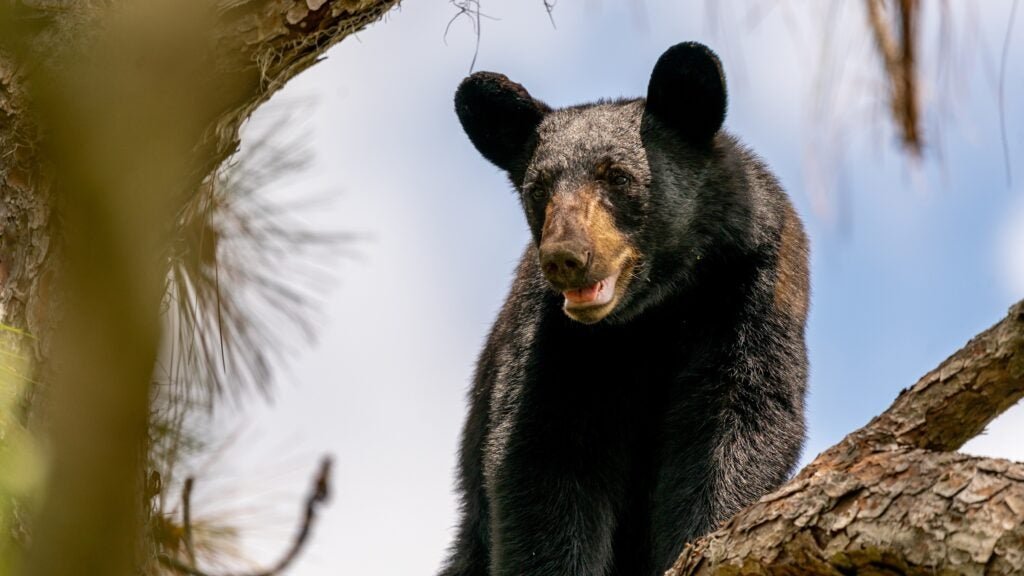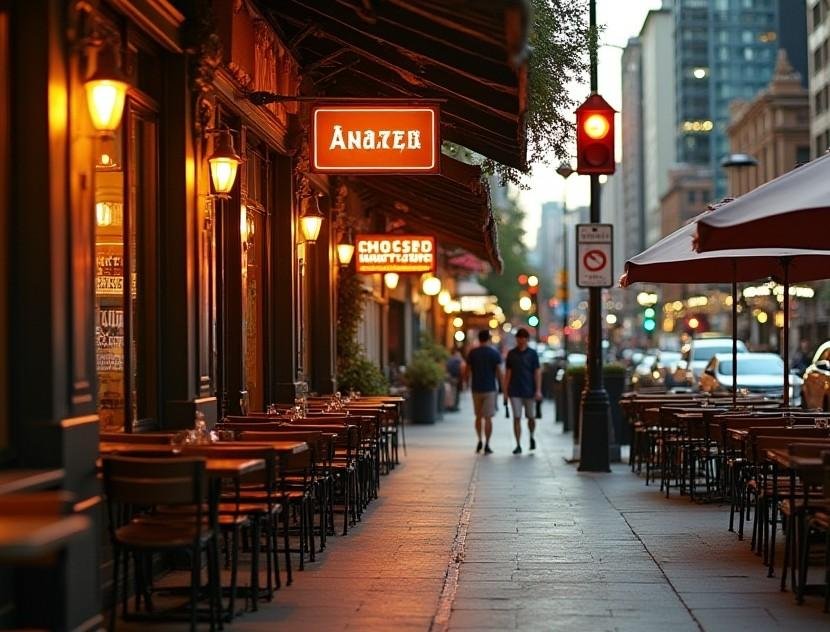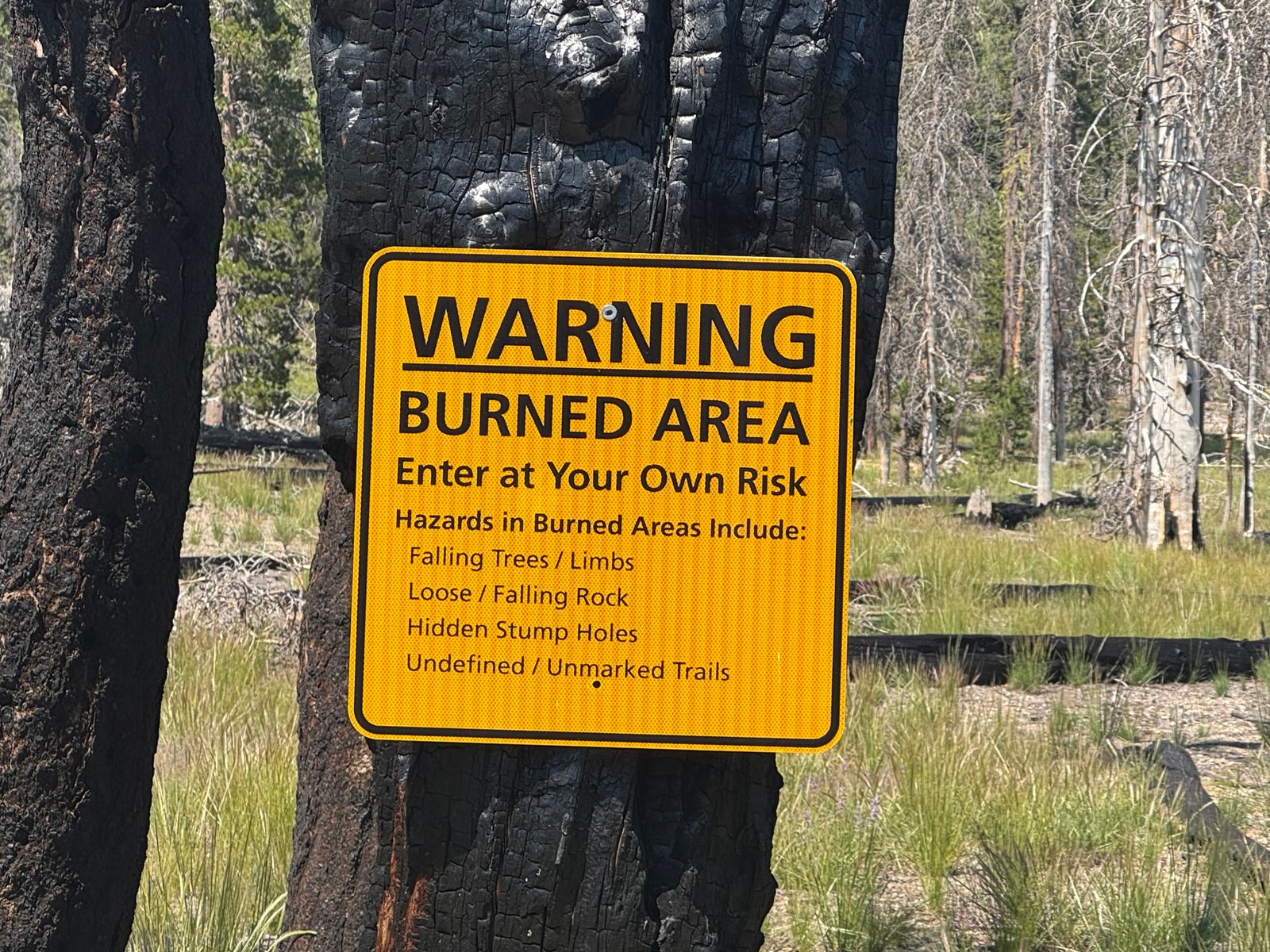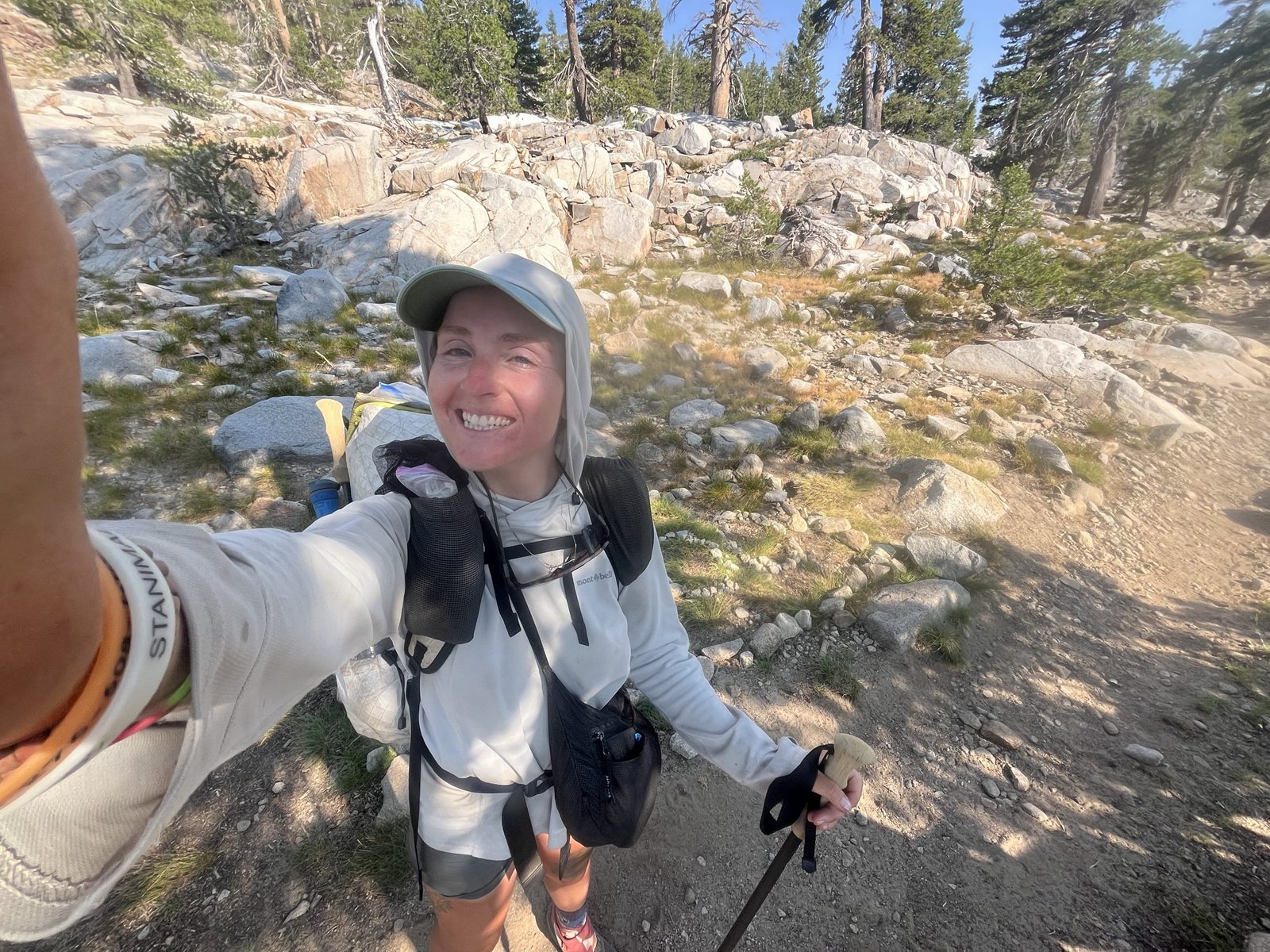Destinations & Things To Do
Florida Might Make Bear Hunting Legal Again

The Sunshine State is in the process of approving a proposal that would create an annual hunt to cull black bear populations. The three-week hunt, to take place in December, would be the first such event in a decade. A chaotic 2015 hunt was stopped early after over 300 bears were killed in just two days. More than half of the killed bears were females, and a fifth of those were lactating, meaning they likely had cubs depending on them for survival.
The proposal to reintroduce bear hunting this year was given preliminary approval by the Florida Fish and Wildlife Conservation Commission (FWC) in a May hearing, and is set to be voted on during a final hearing in August. The hunt would take place from December 6 to 28, and hunters would participate via a lottery-style permitting process. The permits would allow for a total of 187 bears to be “harvested” in four hunting zones around the state. Under the FWC proposal, up to six dogs could be used in each hunt, and bears could also be hunted at game feeding stations.
According to the FWC’s Black Bear Management Plan, the state’s black bear population currently sits at approximately 4,050, up from near-extinction in the 1970s. Bear hunting was legal in Florida from the 1930s until 1994, but in the past three decades, the only hunt held was the truncated one in 2015. Currently, Florida is one of only six states in the U.S. that has a resident black bear population but does not allow hunting to manage the population. Of those six states—which also include Texas, Mississippi, Alabama, Ohio, and Connecticut—Florida’s bear population is by far the largest.
“When we look at game species across North America, there’s not a single game species that has gone extinct or come close through regulated hunting,” George Warthen, the agency’s chief conservation officer, told local radio station WUSF. “Instead, we see more money, more attention and a lot more benefits for that animal. And this can be a tough conversation to have. And so the why, for Florida, becomes we’re one of the only states that is not participating in regulated bear hunting in states that have abundant bear populations.”
The timing of the hunt, in December, when most females are in their dens, is reportedly intended to reduce the killing of females and prevent orphaned cubs this time around. The funds that are generated from application and permit sales—a permit will cost $100 for Florida residents and $300 for non-residents—are to be sent to the State Game Trust Fund and used for wildlife conservation.
In an exhaustive Q&A series on the FWC website, the agency addresses a number of concerns about the upcoming potential bear hunt, noting that, although there is no cap on the number of female bears that can be hunted under the provision, the total allotment of 187 bears was specifically chosen because that is the maximum number of female bears that could be killed without resulting in a negative population growth rate. Therefore, even if every single bear killed in the proposed hunt was a female, populations would remain stable, according to the FWC site.
The FWC also addressed the controversial results of the hunt ten years ago, noting changes in the structure this time around. In the previous hunt, 3,776 permits were sold, but the “harvest objective” was only 320 bears. The FWC explained that this system, while still allowing them to keep hunting rates within their target range, inadvertently “put pressure on hunters to harvest the first bear they encountered in the field.” Essentially, 3,776 hunters were all competing to kill bears as quickly as possible, because they all knew that there were only 320 bears that could be hunted before the hunt was closed.
Under the new proposal, the FWC would only sell 187 permits in the first place, so everyone who received a permit could be selective over the three-week period.” This is also the train of thought behind allowing the use of hunting dogs and the killing of bears at game feeding stations. Both tactics, although controversial, would “allow hunters time to be more selective about which bear they take” and avoid targeting females who could be raising cubs.
Black bears were protected under Florida state law until 2012, when scientists determined their populations had recovered enough from the 1970s lows to no longer be threatened by extinction. However bear hunting remains a controversial subject in Florida, particularly after the 2015 cull. A survey the following year—the results of which were included in the FWC proposal—found that residents were in close contention about the issue. Roughly 47 percent of those surveyed supported the idea, and 43 percent opposed it. When the same respondents were asked if they would support bear hunting if it were compatible with maintaining healthy bear numbers, however, those in favor increased to 62 percent.
Still, the FWC website received over 13,000 comments about the potential 2025 bear hunt, and around three-quarters of them were opposed to the idea. The agency’s position is that, sooner or later, the growing bear population is going to have to be checked. “While all wildlife species, theoretically, will reach some population level that triggers a decline, black bear populations have not reached levels where self-regulation has been exhibited anywhere in North America,” the FWC says. “Rather, as bear numbers reach high enough levels, human presence can begin to influence [them].”
Florida reports an average of 191 bears are already killed each year as a result of human interaction—such as vehicle strikes, required euthanization due to habituation, and illegal hunting. “Once there are enough bears in suitable habitats, bear presence will increase in marginal habitats (e.g., neighborhoods), which increases the likelihood of human-bear conflicts and the subsequent risk to public safety, as well as safety for the bears.”
The number of bear-human interactions in Florida has increased dramatically since the turn of the century, as both bear and human populations have climbed. The first fatal bear attack in state history occurred last year. (An 89-year-old man and his dog were killed near Naples.)
Destinations & Things To Do
All You Should Know About Sydney, Melbourne, Brisbane and Australia’s Top Destinations Hospitality Crisis as Tourists Confront Dining Shortages and Rising Prices

Monday, July 28, 2025
Australia’s tourism industry has long been synonymous with vibrant food scenes and lively restaurants, offering a world-class experience for travelers. However, a hidden crisis is quietly unfolding within the hospitality sector, one that could have far-reaching consequences for those planning to visit. The Restaurant and Catering Association (R&CA) has sounded the alarm, warning of a staffing shortage that threatens to derail Australia’s tourism economy. With businesses facing mounting challenges, this article explores the crisis and what it means for travelers in 2025.
A Hospitality Crisis Undetected by Tourists
For many international visitors, Australia’s culinary landscape is one of the top draws. However, recent reports have uncovered a stark reality: over the past few years, the hospitality sector has been in rapid decline. According to the R&CA, two-thirds of businesses that were operational in 2020 have now shut their doors. The situation has worsened dramatically, with the number of venues halving in just five years. This decline is being referred to as a “structural collapse” rather than a mere downturn.
From a traveler’s perspective, this crisis could mean fewer dining options, with some of the country’s most beloved restaurants and cafés shuttering. With boarded-up windows and “closed for business” signs now appearing in major tourist destinations, the once-thriving food culture that Australia is famous for may soon be a thing of the past.
Tourism Impact: The Illusion of Growth
While tourists might notice increasing prices at popular restaurants and cafés, the spike in costs isn’t necessarily a sign of a flourishing industry. In fact, it’s the result of a fragile and misleading trend: “profitless growth.” According to John Hart, Chair of Policy and Advocacy for the FoodService Association Australia (FSAA), the apparent rise in revenue is mostly driven by price hikes rather than an increase in foot traffic. For tourists, this means that while dining may still be available in some areas, the quality and affordability may begin to diminish.
This shift is particularly concerning for those traveling on a budget or seeking authentic local experiences. Higher menu prices could reduce the overall value of their Australian trip, and the uncertainty around the stability of local businesses raises questions about the future of dining experiences in key destinations.
Australia’s Culinary Future: A Call to Action for Tourists
The ongoing staffing crisis in Australia’s hospitality industry has prompted a united push from foodservice operators and supply partners for urgent reforms. This collective advocacy is gaining momentum, with industry leaders like John Hart calling for immediate government intervention. His message is clear: without action, Australia’s reputation as a global culinary hotspot could be at risk, affecting not only local employment but also the overall experience for tourists.
For those planning to visit iconic destinations like Sydney, Melbourne, and Brisbane, the potential loss of beloved dining establishments could dampen the travel experience. The focus now is on economic survival and job preservation, as communities across Australia rally to protect the future of the hospitality sector.
What Does This Mean for Travelers?
If you’re a foodie traveler or planning your next culinary adventure in Australia, the crisis in the hospitality sector should be on your radar. For now, it’s crucial to stay informed about where the best food spots are in your travel destinations. Here’s what you can expect:
- Limited Dining Options: In some cities, you may encounter fewer choices as restaurants and cafés face closures.
- Price Increases: As businesses struggle to stay afloat, expect menu prices to rise across popular tourist hotspots.
- Cultural Shift: The vibrant, multicultural food culture that defines Australia is at risk. Travelers may notice fewer opportunities to experience diverse and authentic local cuisine.
The Road Ahead: Can Australia’s Hospitality Industry Recover?
With over 57,000 businesses represented by the R&CA, the organization is one of the largest advocates for Australia’s hospitality sector. Despite the current challenges, the association continues to push for practical, industry-led solutions. Key areas of focus include job preservation, economic recovery, and long-term sustainability.
The future of Australia’s hospitality industry rests on collaborative efforts between the government and private sectors. For travelers, this could mean that a change in policies or financial aid for local businesses might eventually restore Australia’s iconic food scene. Until then, travelers may need to adapt their expectations as they experience Australia’s changing culinary landscape.
Conclusion: A Culinary Crisis That Can’t Be Ignored
For anyone planning to visit Australia in the near future, the hospitality staffing crisis is more than just a headline—it’s a critical issue that could reshape your travel experience. While Australia’s natural beauty and cultural offerings remain as compelling as ever, tourists should be prepared for potential disruptions to the food scene they’ve come to love. As the industry grapples with these challenges, tourists can only hope that urgent reforms will soon restore balance and keep Australia’s restaurant culture alive for future generations.
Destinations & Things To Do
Day 81 – Thinking Ahead

We all ended up camping about 14 miles from the trailhead near Chester last night. It’s been hot, and I tried to get up early to beat the heat, but I didn’t do as well as I planned. It’s 6:30 AM, and I’m on trail, once again, heading north. It cooled off plenty last night, but I still had a very hard time sleeping. I’m not sure why, because I usually sleep great on trail, but things happen, sometimes we don’t know why.
Uptream and Snap left about an hour before I did, and I expect that Lightning McQueen won’t leave camp for another 30 minutes at least. In the meantime, I’m doing the thing I do every day when I try and bring some life back to my legs. I’m always pretty stiff and a little hobbly for the 1st mile or so every day, but by the time I get to mile two I’m usually feeling pretty good. That lasts until at least mile 15, sometimes a little longer and then the fatigue kicks in until I stop. We’re over halfway done with the hike mileage wise now, but much further along timewise. I’m certainly not going to average 25 the entire way home, my mileage will certainly be higher than the 17 or so that I averaged (including zeros) in the desert and Sierra. In the meantime, one resupply at a time, one day at a time, and one step at a time is what’s going to get me from where I’m standing right now in a burn zone in California to the Canadian border sometime in September.
After over two months, it finally feels like I’m getting to the end of California. One step at a time, of course. We are planning 25 mile days today and tomorrow, and then a shorter day into Burney Mountain Guest Ranch. From there, it’s just about 275 miles to the Oregon border. Definitely a few stops needed in between, but I can now count the remaining resupplies in California on one hand, and that’s a little exciting. It’ll take 3-ish weeks to get across Oregon, and then I’m practically home. I am getting way way ahead of myself, especially for someone who just mentioned one step at a time in the previous paragraph. But, the excitement of completion, no matter how far off is pretty motivating.But for now, I have a lot of walking left just for today, and that’s my number one priority.
This website contains affiliate links, which means The Trek may receive a percentage of any product or service you purchase using the links in the articles or advertisements. The buyer pays the same price as they would otherwise, and your purchase helps to support The Trek’s ongoing goal to serve you quality backpacking advice and information. Thanks for your support!
To learn more, please visit the About This Site page.
Destinations & Things To Do
1,000 Miles into the Pacific Crest Trail

This morning I packed up around the usual time, but tried to be quiet. I joined the campsite last night that had four or five other people set up at it. Once I was pretty much ready to go those other hikers began moving around as well. Then I set out to start the day. The morning actually started with a bit of downhill. But I knew pretty soon after that I would be doing a good bit of climbing.
After I dropped down to the bottom of that descent, I began my next climb. I knew I had a few rolling climbs on and off for the next 10 or so miles. But I just threw in an audiobook and got into the zone right away. I was honestly feeling really good. Within the first hour or two I had the option of climbing across a sketchy log or getting my feet wet. At this point, I would just rather get my feet wet. I hate slowing down to try to carefully navigate across an obstacle. When I could just fling myself into the water and come out on the other side. Plus, it gets so dang hot out here. I knew my feet would be dry in no time.
Last night, I was at least considering doing some crazy mileage to rearrange my schedule. I’m really glad that I didn’t do that. It just would’ve put so much pressure on today. And while I was feeling great and still moving quickly, I wasn’t flying today. In the first few hours, I had multiple long climbs to do. And I made really good time doing them. But wasn’t hiking at 3+ miles an hour constantly. I just hiked at the fastest comfortable pace that I could. I would so much rather take my time today and go into town tomorrow morning though. Rather than stressing myself out all day today and running down the trail.
Over the course of the morning, I ran into a bunch of hikers. I passed by most of them and some were still set up at camp. One hiker who I met was named Mack. When I first saw her, she looked so incredibly familiar. It took a couple minutes to realize that I likely just recognized her off of social media. Because apparently we had never met before. But I guess she has a big following on Instagram. It was nice to talk to her for a few minutes before continuing on. Then when I was about 12 or so miles into the day, I stopped off briefly. Every now and then I’ll sit down for a few minutes to eat or do something. Most of the time I eat everything on the go. But there are just some food items that are easier to eat when you’re not moving.
As I sat, I got passed by one or two hikers who I had just gone past. But knew I would be catching up to them in a little bit. I definitely wouldn’t say that I’m the fastest hiker out here. Really the only thing I have going for me is the fact that I basically never stop going. Plenty of people have passed me over the course of this year. Usually they’re whipping by going 4 mph. But eventually, they’ll stop and sit and take a break like everybody else. While I may have gotten passed a few times this year, there isn’t a single hiker who’s passed me this year that I didn’t eventually overtake again.
The trail today felt really variable and was quite exciting at times. One minute I would be walking through a lush green pine forest. The next minute I would be going by an Alpine Lake. Or maybe walking across along rock slab. Overall, it kept me quite entertained and was really beautiful. Today was one of those days for the time felt like it just slipped away. It doesn’t always work out like that. But when it does, it’s pure heaven. All the sudden I was looking down at my watch and it was nearing 20 miles for the day.
A really unique looking section of the trail. I really can’t think of anywhere else where the terrain looks like this.
After going up and over rolling hills and brief climbs for most of the day, things calm down for a little bit. Then later on, I knew I would be beginning the final big climb of the day. It was a gradual but very long climb up Dorothy Lake pass. The views were beautiful in the section of trail, and most of the time you really couldn’t tell that you were going uphill.
When I got closer towards the top of the past, I went by a large camp set up. I think if I had had my head down, I would’ve walked right past it. It was a bunch of Trail maintenance guys out for a handful of days. They had a really big set up and we’re using some kind of a tube to pump in water from the lake. I chatted briefly with one guy who is standing near the trail. He asked me when I started and was baffled by my answer.
Today is actually day 31 for me on the PCT. And I’m going to be getting to Kennedy Meadows North tomorrow. Which means I’ve done about 900 miles in the last month. Obviously because of flipping between trails things aren’t as clear cut. But if I’m just counting the time spent on the PCT and the miles that I’ve hiked, then yes. The trail maintainer said that he has asked that question to a lot of hikers. And that most of the hikers are about two months into their hike if not more. Which is completely reasonable and definitely standard. It honestly blows my mind a little bit that I’ve made it so far on this trail in such a short period of time.
After passing by those guys, I didn’t have much further to get to the top. And when I crested it and began descending, I walked for another mile or so. Then decided to take one last break before marching my way to camp for the night. As someone who doesn’t really break a lot, I have been enjoying this break toward the end of the day. I’ve started a bit of a habit where I take a brief break Around the time that I have 8–12 miles left for the day. I think it’s more mental than physical. It just seems to really help and pass the time by quick quicker.
In between Dorothy Pass and my tent site for the night, I went by the PCT thousand mile marker! I can’t believe that I’m over 1000 miles into this trail. It really feels like it’s gone by in the blink of an eye. And I guess that means I’ve actually gone over 1000 miles in the last 31 days. I don’t know if that’s the furthest that I’ve gone in a one month period, but it’s probably fairly close.
It was really nice to end the day by going past such an exciting milestone. From there, I continued on for another hour or so. I wasn’t exactly sure where I was going to camp for the night. But lately the spots have just been speaking to me. I tried to set a mileage goal for the day. And once I reach that goal, everything else is fair game.
I started looking for tent sites and decided on one which was right by a river. There were a handful of tense set up between both sides of the river. I was able to find space though that wasn’t too close to everybody else. I feel bad showing up late and then keeping people up.
After I got my tent set up, I grabbed water and made dinner. When I was in Mammoth Lakes, I wasn’t able to get any normal dinners. The grocery store didn’t have Knorr side dish or anything like that. Instead, I got a few super random dinners. And tonight I was going to be trying to rehydrate or Rice-A-Roni for the first time ever. And spoiler alert, you can’t rehydrate Rice-A-Roni. Maybe if I had cooked it in my pot the entire time it might’ve worked. But instead, I put it in a Ziploc bag and added boiling water to it.
After about a half hour, it was very clear that the food would not be hydrating. I also knew I was going to have to carry the food out. So instead, I turned my camp stove on and decided to try and cook it in my pot. Even after cooking it first significant period of time, though, it was still crunchy. I ate as much as I could stomach and then just packed the rest out with my trash. That was a flop! Who knew that you couldn’t rehydrate Rice-A-Roni. Maybe plenty of people know that. But not me.
After dinner, I had to go clean up my cook pot. Then came back and returned to my tent to get comfortable for the night. I did my stretches and everything else. And while I didn’t get much work done, I did a little bit of writing and video stuff before heading off to bed.
If you enjoyed this blog and would like to support my hike by buying me a soda or a snack along the way, there is a “Tip the Author” button below! It links directly to my Venmo. Any and all support is incredibly appreciated!
This website contains affiliate links, which means The Trek may receive a percentage of any product or service you purchase using the links in the articles or advertisements. The buyer pays the same price as they would otherwise, and your purchase helps to support The Trek’s ongoing goal to serve you quality backpacking advice and information. Thanks for your support!
To learn more, please visit the About This Site page.
-

 Brand Stories7 days ago
Brand Stories7 days agoBloom Hotels: A Modern Vision of Hospitality Redefining Travel
-

 Brand Stories2 days ago
Brand Stories2 days agoCheQin.ai sets a new standard for hotel booking with its AI capabilities: empowering travellers to bargain, choose the best, and book with clarity.
-

 Destinations & Things To Do1 week ago
Destinations & Things To Do1 week agoUntouched Destinations: Stunning Hidden Gems You Must Visit
-

 AI in Travel1 week ago
AI in Travel1 week agoAI Travel Revolution: Must-Have Guide to the Best Experience
-

 Brand Stories3 weeks ago
Brand Stories3 weeks agoVoice AI Startup ElevenLabs Plans to Add Hubs Around the World
-

 Brand Stories2 weeks ago
Brand Stories2 weeks agoHow Elon Musk’s rogue Grok chatbot became a cautionary AI tale
-

 Destinations & Things To Do2 days ago
Destinations & Things To Do2 days agoThis Hidden Beach in India Glows at Night-But Only in One Secret Season
-

 Asia Travel Pulse3 weeks ago
Asia Travel Pulse3 weeks agoLooking For Adventure In Asia? Here Are 7 Epic Destinations You Need To Experience At Least Once – Zee News
-

 AI in Travel3 weeks ago
AI in Travel3 weeks ago‘Will AI take my job?’ A trip to a Beijing fortune-telling bar to see what lies ahead | China
-

 Brand Stories3 weeks ago
Brand Stories3 weeks agoChatGPT — the last of the great romantics





You must be logged in to post a comment Login